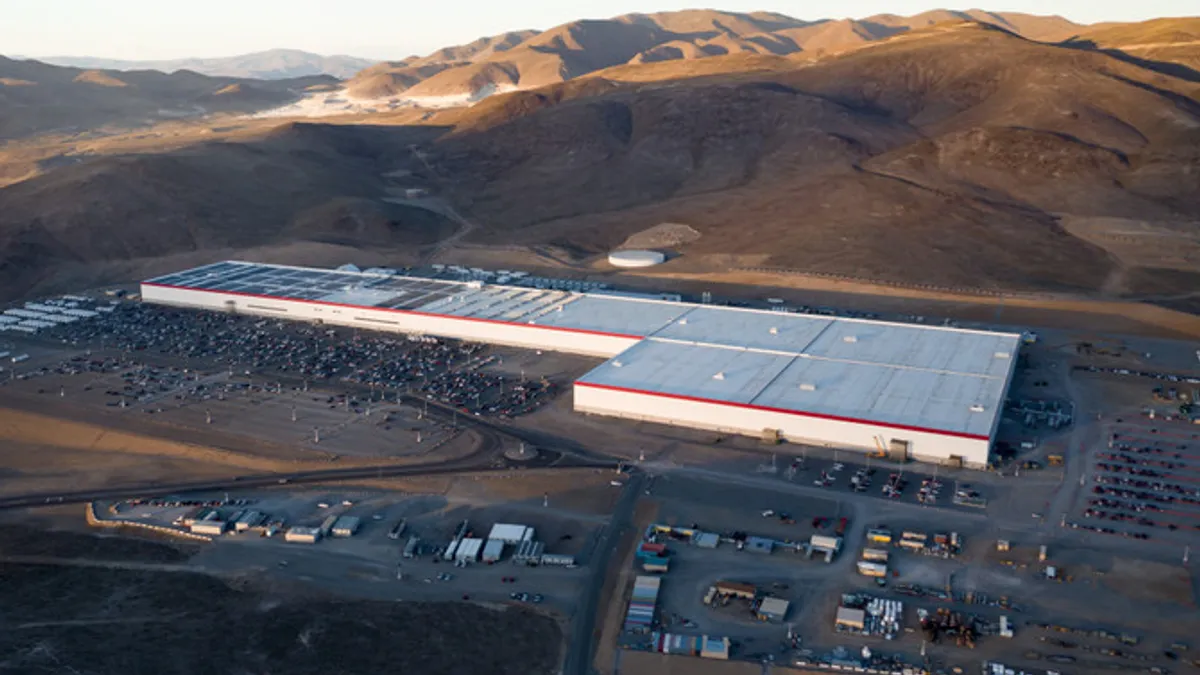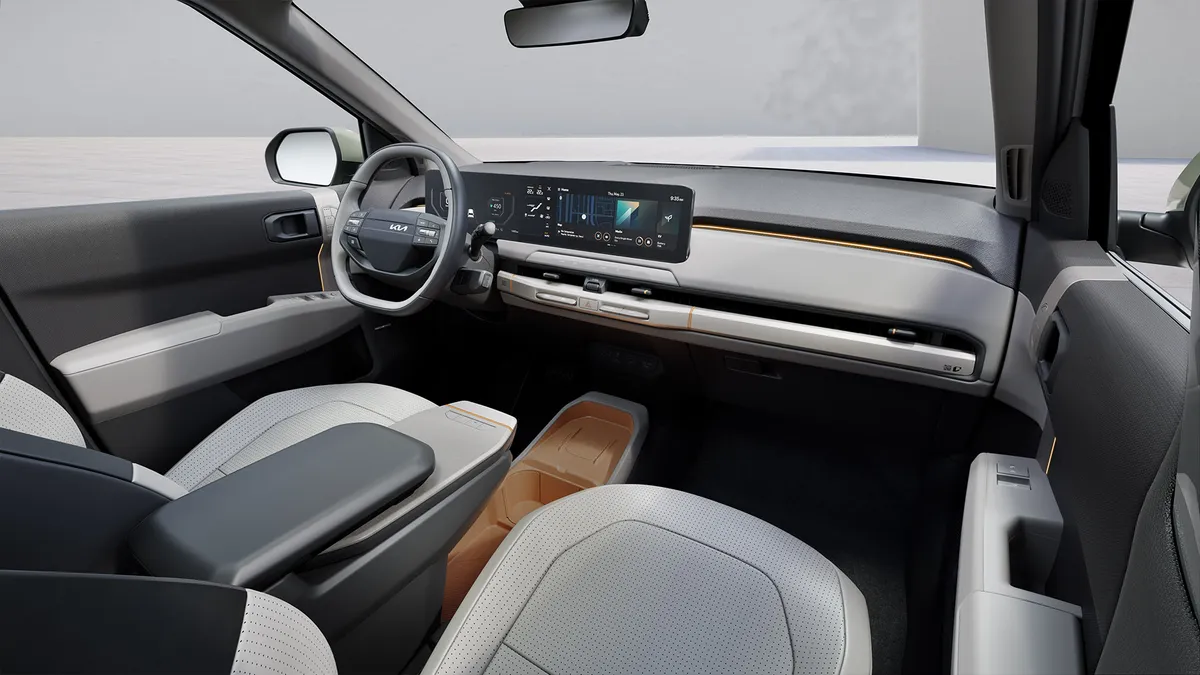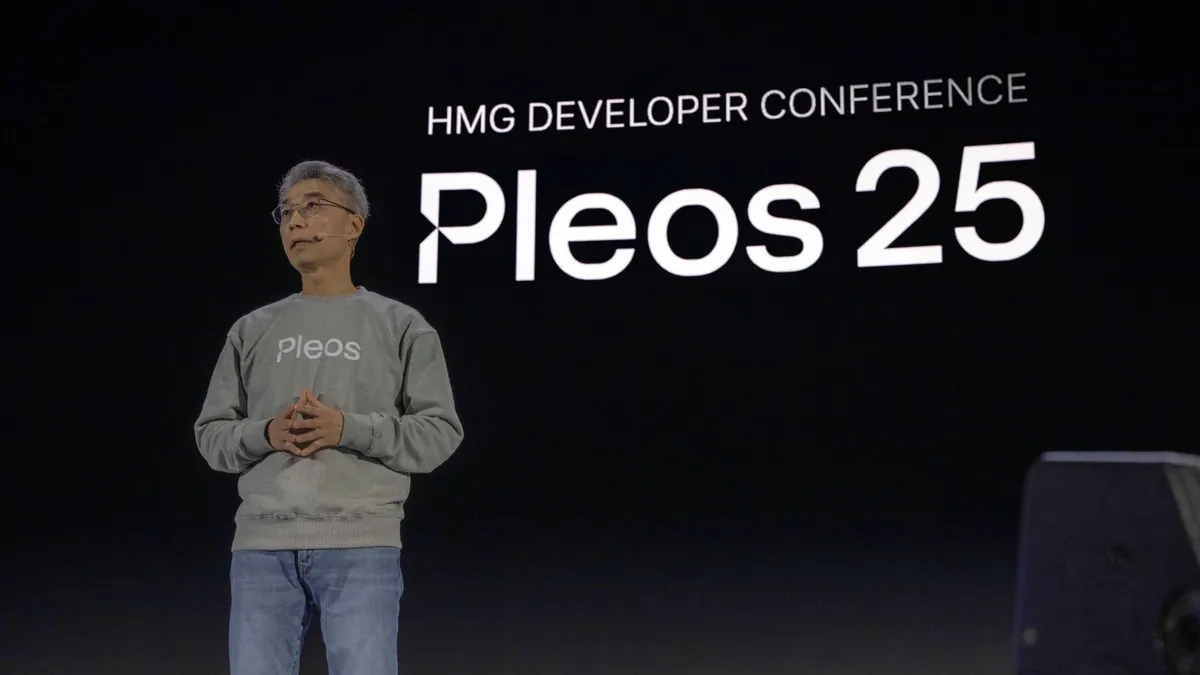Nevada has seen an increase in construction investment in recent years with major manufacturing players moving in. Tesla is investing $3.6 billion in two manufacturing sites, and earlier this year, General Motors and Lithium Americas also announced a joint $650 million investment in the Thacker Pass mine.
In years past, Nevada had one of the U.S.’s smallest manufacturing markets when looking at the industry’s contribution to total state GDP, at just 4.3% in 2017. However, that profile is changing thanks to the state’s strong presence in the EV and battery industry. By 2021, manufacturing contributed to 5.3% of Nevada’s GDP, according to the National Association of Manufacturers.
A key reason Nevada is attracting battery manufacturers is it’s currently the only state where the entire lithium-ion battery lifecycle exists, said Bill Pellino, manufacturing industry practice leader at BDO USA. The state is home to lithium mine deposits, research and development operations, production and assembly and battery recycling.
It’s this bounty of resources and development that has helped create an explosion of battery manufacturing jobs in the state. As of 2022, the sector employs the most workers in the state’s manufacturing industry, accounting for 18% of jobs in Nevada. The sector did not list any employees in the state a decade ago.
Nevada is also home to critical minerals needed for the clean energy industry, including cobalt, magnesium and copper, said Bob Potts, deputy director of the Governor’s Office of Economic Development. This has led to a rapid growth of industries like electrical equipment and component manufacturing, which are tied directly to the growth in battery manufacturing, he added.
For example, in addition to battery manufacturing, the state’s economy is also driven by aerospace and defense; electronics and technology such as semiconductors; renewable energy equipment like solar panels and wind turbines; construction materials such as concrete and sheet metal; and retail and commercial bakeries, Pellino said.
Incentives to attract investments
Along with an abundance of natural resources, the state also offers various tax incentives to attract manufacturing investments.
“Nevada offers no corporate income tax or inventory tax and there are several incentives and grants available, including sales and use tax abatements, modified business tax abatement, personal property tax abatement, real property tax abatement for recycling,” Pellino said.
The lower costs of doing business here also incentivize companies to shift to Nevada from neighboring states, he added.
“As it becomes more cost-prohibitive for companies to operate in California and Washington in particular, organizations are looking for options that have similar benefits, such as location and the ability to attract a high-quality workforce, without the high tax implications,” Pellino said.
Manufacturing output in Nevada has increased significantly since 2020
Talent pipeline
Nevada maintains a heavy emphasis on job training with the state’s Workforce Innovations for a New Nevada program that funds workforce development and certification programs to assist incoming companies, Potts said.
The program, which began in 2015, has invested $13 million in educational and job training programs administered through the Nevada System of Higher Education, the governor’s Office of Workforce Innovations, the Department of Employment, Training and Rehabilitation and the Nevada Department of Education.
Universities like the University of Nevada, Reno and the University of Nevada, Las Vegas also work directly with manufacturing companies to train and supply talent.
Manufacturing companies work with the University of Nevada, Las Vegas to develop new products, said Brendan O'Toole, professor of mechanical engineering and director of the Center for Materials and Structures at University of Nevada, Las Vegas.
“This work is usually a combination of computer aided design, theoretical and computational analysis, prototype design and manufacturing, and performance testing,” O’Toole said.
The institute is deeply involved in the employee training and product design process, with year-round courses, material and component characterization experiments, and forensic analysis to determine the root cause of failures.
This type of infrastructure helps new manufacturers in the state quickly hire top qualified talent from the local university, said Dr. Pradeep L. Menezes, associate professor of mechanical engineering at University of Nevada, Reno.
The institute has played a key role in helping manufacturing companies with “developing corrosion-resistant coatings, analyzing lubrication performance, fabricating unique electronic components, investigating mechanical and physical properties of materials and minerals, as well as conducting materials characterization,” he added.
One of the many avenues to access this kind of expertise and resources is the Nevada Center for Applied Research at University of Nevada, Reno, which offers shared research and collaboration facilities, especially for advanced manufacturing industries.
What’s next
Experts predict battery and electronic manufacturing will continue growing in Nevada over the next decade as major investments attract broader networks of suppliers.
“Large international companies such as Tesla bring in various supporting ones like Panasonic and Redwood,” Menezes said. Because of this, “we will begin seeing more start-ups and niche manufacturing companies moving to Nevada.”
As the state continues offering natural resources, tax incentives and a robust talent pipeline, other manufacturing industries are also likely to thrive.
“We’re already seeing substantial growth in health-tech, med-tech, bio-tech and pharmaceutical manufacturing,” Pellino said.




















